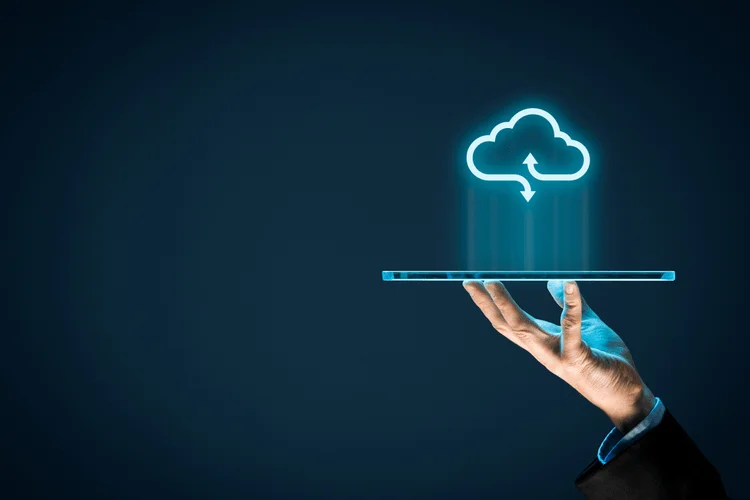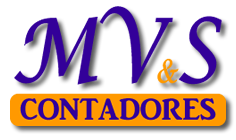Redgate’s latest industry report sheds mild on the current state of database administration and offers useful insights into how organizations can navigate the growing complexities. Serializable Isolation has a lot going for it when it comes to guaranteeing completely consistent knowledge, not solely throughout a transaction, however at the end of that transaction. Queries may perform slower as further evaluations should happen to make certain that a serialized transaction isn’t interfering with another. There are a number of suggestions on how greatest to deal with this within the PostgreSQL documentation.
Each tutorial at TecMint is created by a team of experienced Linux system administrators so that it meets our high-quality requirements. See Percona’s latest information coverage, press releases and business recognition for our open source software AI Robotics and help. A single source for documentation on all of Percona’s main, open-source software. This article brings together essential PostgreSQL ideas from numerous sources, offering a comprehensive introduction for novices. It covers the core ideas and practical purposes, making it an ideal starting point for those new to PostgreSQL. Whether Or Not you’re looking to perceive the basics or deepen your knowledge, this information will set you on the best path.
- When you create your PostgreSQL database and tables, you’ll find a way to query the database using SQL.
- Value noting, I’m working on a take a look at system with out some other connections, so I won’t see the transaction depend jumping a complete lot, and even my act of working this SELECT statement adds to the transaction values.
- Percona for PostgreSQL is a suite of open supply software, tools, and companies for deploying and maintaining dependable production clusters without the overhead of the vanilla PostgreSQL configuration.
As your app begins to grow and user visitors picks up, a single PostgreSQL database might start feeling somewhat… You may notice things slowing down or changing into much less dependable — particularly when it’s dealing with both reads and writes at the identical time. To address these challenges, replication offers a sensible resolution. By creating one or more copies of your database, you can share the load, reduce downtime, and construct a system that’s much more scalable and resilient.
This database management system can easily handle, retailer, question, and analyze structured, and unstructured data wanted to build IoT applications. PostgreSQL is a sturdy postgresql performance solutions and feature-rich database system that provides high levels of reliability, scalability, and security. Its big selection of use circumstances and capabilities make it a super alternative for developers and organizations of all sizes.
Planet Postgresql
With multiple versions of the rows, you get much less locking and block. PostgreSQL is also an object-relational database, meaning it supports object oriented programming (OOP) concepts such as lessons, objects, function overloading, and custom data type creation. This contains support for inheritance as properly, as a toddler table can inherit columns from mother or father tables, making PostgreSQL a truly highly effective database choice.
Permissions could be granted or revoked on any object down to the column level, and might enable or stop the visibility/creation/alteration/deletion of objects at the database, schema, table, and row ranges. In addition, PostgreSQL allows procedural languages to be loaded into the database by way of extensions. Three language extensions are included with PostgreSQL to assist Perl, Tcl, and Python. For Python, the present Python 3 is used, and the discontinued Python 2 is no longer supported as of PostgreSQL 15.
OLTP, On-line Transaction Processing, is a sort of database processing that handles concurrent transactions in real-time. It is often used for online functions requiring instant knowledge access, corresponding to e-commerce websites and ATM systems. OLTP allows multiple customers to execute numerous transactions concurrently, typically over the internet. Unlike different RDMBS (Relational Database Administration Systems), PostgreSQL helps both non-relational and relational information types. This makes it one of the most compliant, steady, and mature relational databases out there today.
A relational database is simply a kind of database, whereas an RDBMS is a complete database system, together with database administration instruments. It helps knowledge integrity using options similar to UNIQUE, NOT NULL, primary and international keys, exclusion constraints, express and advisory locks. PostgreSQL provides numerous advantages that make it a wonderful resolution for a broad range of database administration necessities. Known for its dependability, complete function set, and flexibility, it handles complicated knowledge administration and processing jobs with outstanding effectivity. This sophisticated database system is designed to support large-scale applications and knowledge warehousing, enabling customers to construct scalable and safe techniques.
For a broader take a glance at the state of databases at present, see «A Brief Overview of the Database Panorama.» At Present, PostgreSQL continues to evolve, maintained by a worldwide group that is enthusiastic about often bettering this free and open supply database project. Many corporations have built products and solutions primarily based on PostgreSQL. Some featured companies are Apple, Fujitsu, Pink Hat, Cisco, Juniper Community, Instagram, and so forth. In 1996, the POSTGRES project was renamed to PostgreSQL to obviously illustrate its support for SQL. The PostgreSQL community takes pride in releasing software that reliably stores your data.

The Transaction Id
PostgreSQL is well-known for its assist of spatial information, such as having a specific information sort for dealing with geometrical objects and geographic objects. Utilizing the PostGIS extension, PostgreSQL can be utilized as a geospatial information retailer, making it in style among government agencies, geographic info methods (GIS), and location-based service providers. This hybrid performance is nice for flexible growth retailers that require multiple kinds of database techniques. We all know the significance of monitoring our RDBMS to ensure the performance and availability. Are there any tools that present performance to raised to monitor PostgreSQL databases?
PostgreSQL is acknowledged for its remarkable flexibility and extensibility, which permits users to customize the database to satisfy their necessities. It helps a broad range of information types, including custom user-created ones, and presents a number of procedural languages for writing stored procedures. This versatility allows a person to increase the database’s capabilities with customized capabilities, operators, and new languages, guaranteeing that PostgreSQL can evolve with a project’s needs. PostgreSQL provides extra superior capabilities, like handling complex queries and superior knowledge sorts, whereas MySQL offers fewer features on superior functionalities and information types. Thus, setting up and managing MySQL databases is less complicated than PostgreSQL. On the opposite hand, PostgreSQL is good for giant knowledge sets and enormous numbers of users when you want feature-rich database administration.
PostgreSQL is good for executing spatial data initiatives because it helps GIS purposes. Whether conducting geographical analysis or building a mapping app, you ought to use it to combine GIS extensions like PostGIS and leverage its geospatial functions to make the project seamless. PostgreSQL has a complicated safety system with help for SSL encryption, role-based entry control, and varied authentication strategies.

PostgreSQL is a complicated, open supply object-relational database administration system (ORDBMS) identified for its robustness, extensibility, and SQL requirements adherence. It stands out from other databases with its support for superior information sorts, comprehensive transaction integrity (ACID compliance), and the power to extend performance via user-defined types and features. PostgreSQL, like different offshoots of SQL database methods, is usually considered as a database programming language. Nonetheless, it is a misnomer, as PostgreSQL is definitely an open source relational database system. What is exclusive about PostgreSQL is that it supports not only structured query language (SQL) querying (like different relational database management systems), however JSON as well, which is used for non-relational database queries.
Perhaps most significantly, we found that the choice of storage backend significantly impacted performance, especially when PostgreSQL was memory-constrained and relied closely on disk I/O. With ample reminiscence, the performance variations narrowed, highlighting the trade-offs between infrastructure value and uncooked speed. You might be deploying clusters across regions, replicating information for failover, or integrating with microservices in dynamic environments.
This is the commonest and usually recommended type of replication in fashionable PostgreSQL. It involves continuously streaming Write-Ahead Log (WAL) records from the primary to the standby servers. PostgreSQL helps ACID semantics, that are used for transactions. In addition PostgreSQL allows for overseas keys, joins, views, triggers, and stored procedures.
